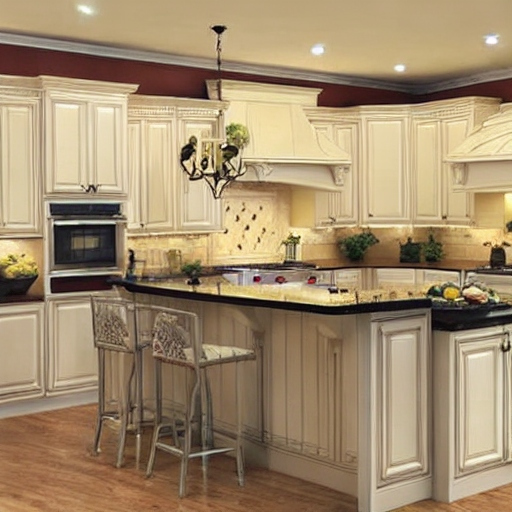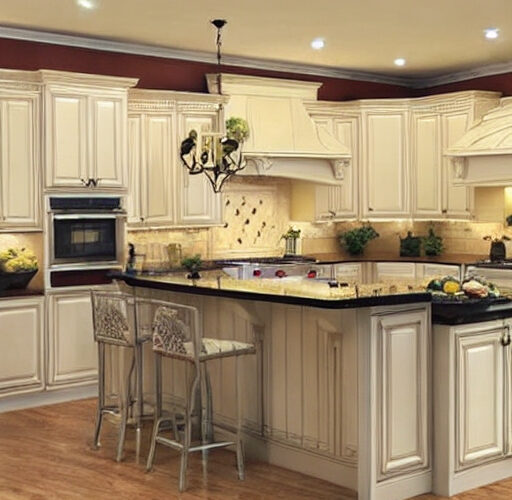Kitchen Cabinets Design

Kitchen Cabinets Design
Kitchen cabinets are a fundamental component of any kitchen’s design. They not only provide functional storage but also significantly influence the overall aesthetics of your kitchen space. Whether you’re remodeling your kitchen or designing one from scratch, understanding the basics of kitchen cabinet design is essential. In this article, we’ll explore various aspects of kitchen cabinet design to help you make informed decisions.
1. Cabinet Styles
The first step in designing kitchen cabinets is choosing a style that matches your overall kitchen theme. Here are a few popular styles to consider:
- Shaker: Known for its clean lines and timeless appeal.
- Modern: Sleek, minimalistic designs often characterized by flat surfaces and simple hardware.
- Rustic: Features natural wood with a distressed or weathered appearance, creating a cozy, traditional atmosphere.
- Traditional: Ornate designs, raised panel doors, and decorative elements that provide a classic look.
2. Cabinet Materials
Kitchen cabinets come in various materials, each with its unique characteristics and price points. Common cabinet materials include:
- Wood: Durable and timeless, with options like oak, maple, cherry, and more.
- MDF (Medium-Density Fiberboard): Affordable and versatile, often used for painted cabinets.
- Plywood: Sturdy and resistant to warping, commonly used for the cabinet box.
- Laminate: Budget-friendly, with a wide range of colors and patterns.
3. Cabinet Layout
The layout of your kitchen cabinets should maximize storage space and ensure efficient workflow. Common kitchen cabinet layouts include:
- U-Shaped: Cabinets along three walls, providing ample storage and workspace.
- L-Shaped: Cabinets along two adjacent walls, offering a compact and efficient layout.
- Galley: Cabinets on two parallel walls, ideal for small kitchens with a linear flow.
- Island: Incorporating an island with cabinets in the center of the kitchen, adding storage and a gathering space.
4. Cabinet Hardware
Cabinet hardware, including handles, knobs, and pulls, is not just functional but also contributes to the cabinet’s aesthetics. When choosing hardware, consider factors like style, finish, and ease of use. Modern kitchens often feature sleek, minimalistic hardware, while traditional kitchens may opt for more ornate options.
5. Cabinet Finishes
Cabinet finishes influence the visual appeal and maintenance of your kitchen. Common finishes include stained wood, painted surfaces, and thermofoil. Stained wood showcases the natural grain, while painted cabinets offer a clean and contemporary look. Thermofoil is a budget-friendly option with a smooth, consistent finish.
6. Lighting
Lighting plays a crucial role in cabinet design. Consider under-cabinet lighting to illuminate countertops and workspace. This not only adds functionality but also creates a warm and inviting ambiance in your kitchen.

Leave a Reply